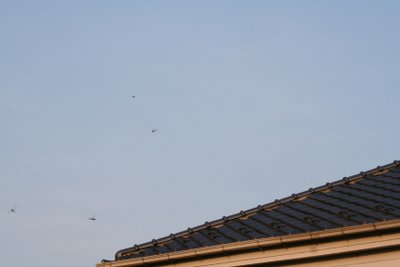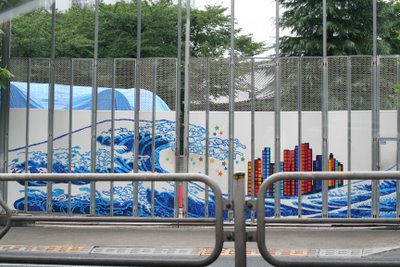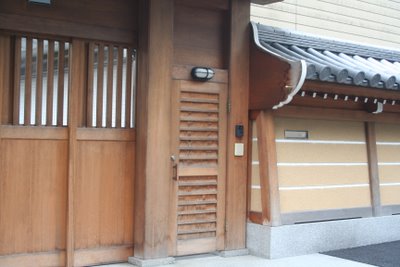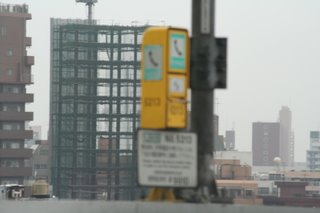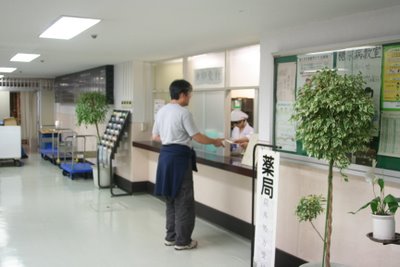 When I first came to Japan I was surprised to see that envelops were not made with glue on them. It made sense to me after discovering the envelops I had brought from the States had all stuck together. The high humidity here makes it necessary to seal envelops with tape or with glue. The invention of glue sticks have made it easier. On the left of the envelop is a cross between a bottle of glue and a glue stick. It is much wetter than a glue stick. The drier glue sticks are available here as well.
When I first came to Japan I was surprised to see that envelops were not made with glue on them. It made sense to me after discovering the envelops I had brought from the States had all stuck together. The high humidity here makes it necessary to seal envelops with tape or with glue. The invention of glue sticks have made it easier. On the left of the envelop is a cross between a bottle of glue and a glue stick. It is much wetter than a glue stick. The drier glue sticks are available here as well. Recently, I found a device in a department store that will make sealing envelops a whole lot easier. It's called dotliner. The word is printed on it in English. You run the flap of the envelop through the device as you press. A narrow strip of two sided tape is applied to the flap. The flap can then be folded over and sealed to the envelop.
 The envelop with the red and blue stripes along the edges is for airmail. In recent years they started making them with a tape strip that is covered with a waxed paper. The paper protects against humidity and is easily removed to seal the envelop.
The envelop with the red and blue stripes along the edges is for airmail. In recent years they started making them with a tape strip that is covered with a waxed paper. The paper protects against humidity and is easily removed to seal the envelop.




